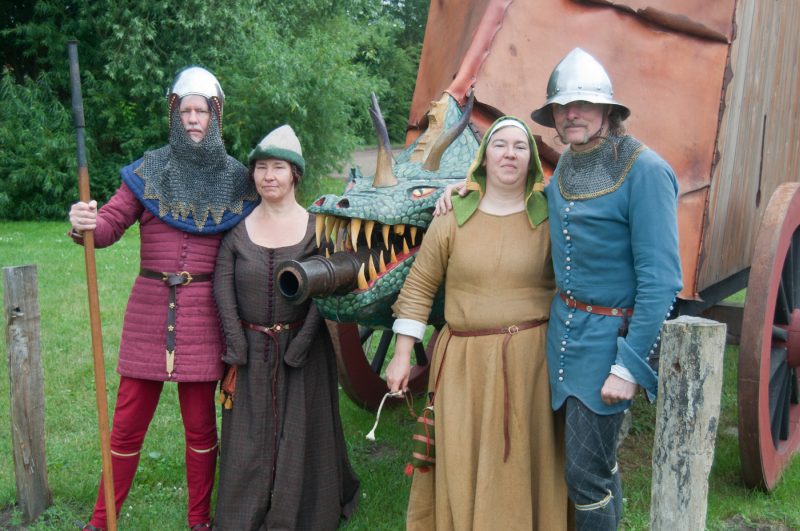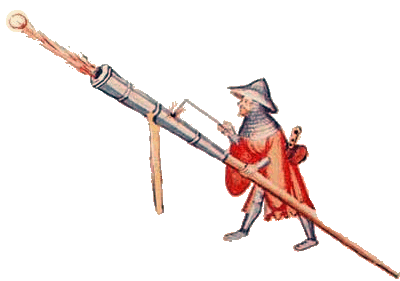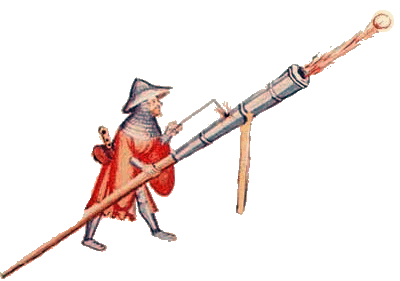Please feel free to write to us!
We will be happy to hear from you!
Please DO NOT contact us
Angaben nach § 5 TMG bzw. § 55 RStV
Bummsbrigade Hamborch
nicht eingetragene Interessengemeinschaft, vertreten durch:
Andreas Franzkowiak
Kontakt, siehe Menuelink
Haftungsausschluß
I. Inhalt des Onlineangebotes
Die Autoren übernehmen keinerlei Gewähr für die Aktualität, Korrektheit, Vollständigkeit oder Qualität der bereitgestellten Informationen. Haftungsansprüche gegen die Autoren, welche sich auf Schäden materieller oder ideeller Art beziehen, die durch die Nutzung oder Nichtnutzung der dargebotenen Informationen bzw. durch die Nutzung fehlerhafter und unvollständiger Informationen verursacht wurden, sind grundsätzlich ausgeschlossen, sofern seitens der Autoren kein nachweislich vorsätzliches oder grob fahrlässiges Verschulden vorliegt. Alle Angebote sind freibleibend und unverbindlich.
II. Verweise und Links
Bei direkten oder indirekten Verweisen auf fremde Internetseiten ("Links"), die außerhalb des Verantwortungsbereiches der Autoren liegen, würde eine Haftungsverpflichtung ausschließlich in dem Fall in Kraft treten, in dem die Autoren von den Inhalten Kenntnis haben und es ihnen technisch möglich und zumutbar wäre, die Nutzung im Falle rechtswidriger Inhalte zu verhindern.
Die Autoren erklären hiermit ausdrücklich, dass zum Zeitpunkt der Linksetzung keine illegalen Inhalte auf den zu verlinkenden Seiten erkennbar waren. Auf die aktuelle und zukünftige Gestaltung, die Inhalte oder die Urheberschaft der gelinkten/verknüpften Seiten haben die Autoren keinerlei Einfluß. Deshalb distanzieren sie sich hiermit ausdrücklich von allen Inhalten aller gelinkten/ verknüpften Seiten, die nach der Linksetzung verändert wurden. Diese Feststellung gilt für alle innerhalb des eigenen Internetangebotes gesetzten Links und Verweise sowie für Fremdeinträge in von den Autoren eingerichteten Gästebüchern, Diskussionsforen und Mailinglisten. Für illegale, fehlerhafte oder unvollständige Inhalte und insbesondere für Schäden, die aus der Nutzung oder Nichtnutzung solcherart dargebotener Informationen entstehen, haftet allein der Anbieter der Seite, auf welche verwiesen wurde, nicht derjenige, der über Links auf die jeweilige Veröffentlichung lediglich verweist.
III. Urheber- und Kennzeichenrecht
Die Autoren sind bestrebt, in allen Publikationen die Urheberrechte der verwendeten Grafiken, Tondokumente, Videosequenzen und Texte zu beachten, von ihnen selbst erstellte Grafiken, Tondokumente, Videosequenzen und Texte zu nutzen oder auf lizenzfreie Grafiken, Tondokumente, Videosequenzen und Texte zurückzugreifen. Alle innerhalb des Internetangebotes genannten und ggf. durch Dritte geschützten Marken- und Warenzeichen unterliegen uneingeschränkt den Bestimmungen des jeweils gültigen Kennzeichenrechts und den Besitzrechten der jeweiligen eingetragenen Eigentümer. Allein aufgrund der bloßen Nennung ist nicht der Schluß zu ziehen, dass Markenzeichen nicht durch Rechte Dritter geschützt sind!
Das Copyright für veröffentlichte, von den Autoren selbst erstellte Objekte bleibt allein bei den Autoren der Seiten. Eine Vervielfältigung oder Verwendung solcher Grafiken, Tondokumente, Videosequenzen und Texte in anderen elektronischen oder gedruckten Publikationen ist ohne ausdrückliche Zustimmung der Autoren nicht gestattet.
IV. Datenschutz
Sofern innerhalb des Internetangebotes die Möglichkeit zur Eingabe persönlicher oder geschäftlicher Daten (Emailadressen, Namen, Anschriften) besteht, so erfolgt die Preisgabe dieser Daten seitens des Nutzers auf ausdrücklich freiwilliger Basis. Die Inanspruchnahme und Bezahlung aller angebotenen Dienste ist - soweit technisch möglich und zumutbar - auch ohne Angabe solcher Daten bzw. unter Angabe anonymisierter Daten oder eines Pseudonyms gestattet.
V. Rechtswirksamkeit dieses Haftungsausschlusses
Dieser Haftungsausschluß ist als Teil des Internetangebotes zu betrachten, von dem aus auf diese Seite verwiesen wurde. Sofern Teile oder einzelne Formulierungen dieses Textes der geltenden Rechtslage nicht, nicht mehr oder nicht vollständig entsprechen sollten, bleiben die übrigen Teile des Dokumentes in ihrem Inhalt und ihrer Gültigkeit davon unberührt.

Welcome to Bummsbrigade-Hamborg!
Even if our groupname may suggest something else - we are serious (about history)!
Our aim is to inform about early firearms and the role of armed burghers in late medieval Hamburg's defence.
This site ist still under construction and will constantly be expanded. We beg your pardon that not all contents are translated into English yet, so we ask you to refer to the German pages. Please visit again later to look out for new material!


